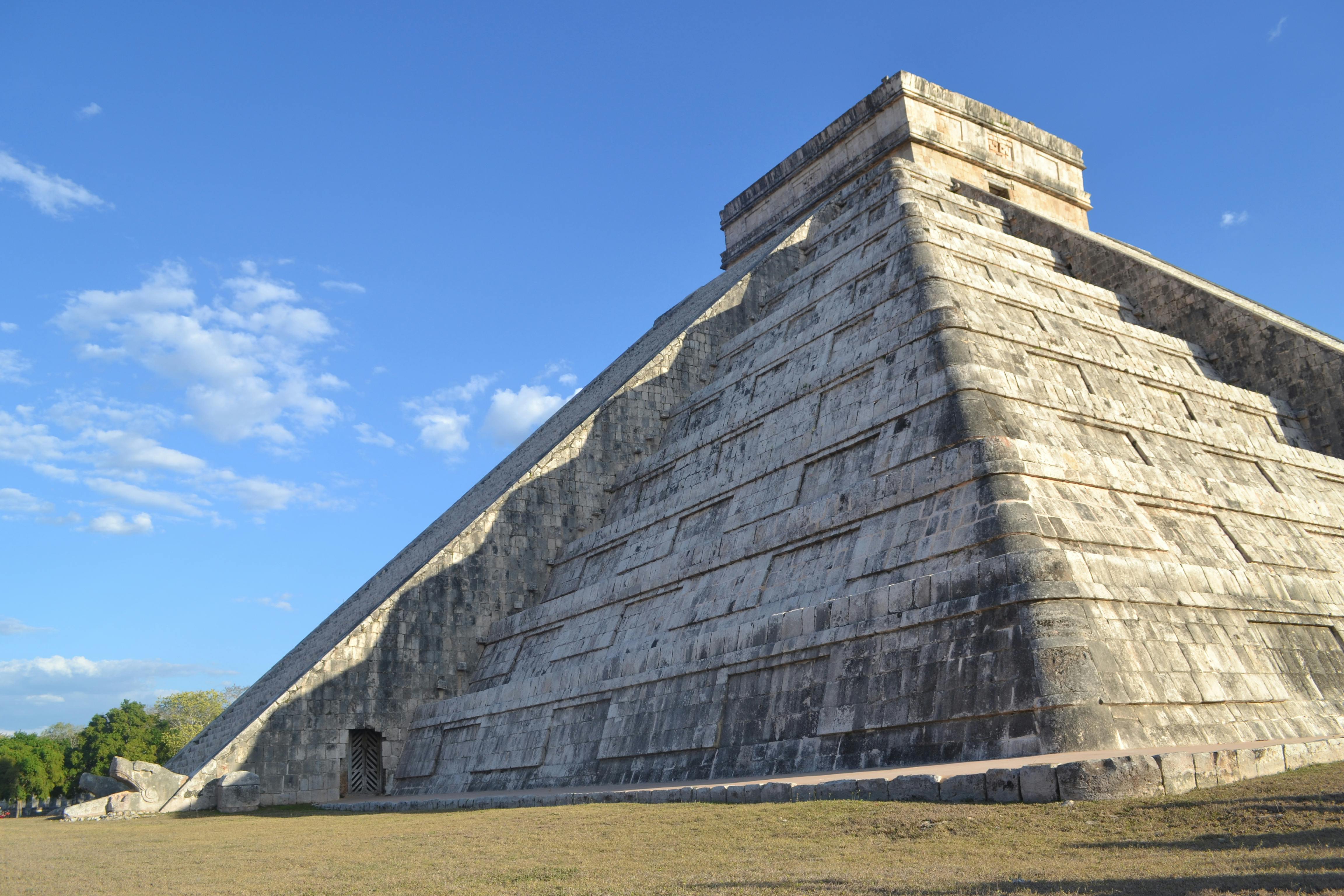Genomas antiguos revelan detalles de los rituales de sacrificios humanos mayas
Pablo Librado, investigador principal del Instituto de Biología Evolutiva (IBE), participa en el estudio que revela nuevos conocimientos sobre los rituales funerarios en la antigua ciudad maya de Chichén Itzá.
Los resultados se obtienen mediante el análisis del ADN antiguo de 64 individuos, que probablemente fueron sacrificados durante un período de 500 años.
Los hallazgos, publicados en Nature, indican que muchos de los individuos encontrados en una cámara de almacenamiento subterránea eran individuos masculinos estrechamente emparentados. La investigación también demuestra la continuidad genética en la región maya hasta nuestros días.

La antigua ciudad de Chichén Itzá en Yucatán, México, se convirtió en un asentamiento maya dominante durante el período Clásico Terminal (800-1000 d.C.). La evidencia de sacrificios rituales es abundante en todo el sitio, incluido el Cenote Sagrado, un gran sumidero que contiene los restos de más de 200 personas.
Sin embargo, los detalles sobre las prácticas ceremoniales siguen sin estar claros. Ahora, un estudio internacional publicado en Nature ha descubierto una práctica de sacrificio ritual de niños centrada exclusivamente en individuos masculinos y emparentados entre sí, incluidos dos pares de gemelos idénticos. Una comparación más profunda de las poblaciones mayas con las poblaciones actuales revela el impacto genético de las epidemias de la era colonial.
El equipo internacional de los Institutos Max Planck de Antropología Evolutiva, la Escuela Nacional de Antropología e Historia (ENAH), el Instituto Nacional de Antropología e Historia (INAH) y la Universidad de Harvard, con la participación de Pablo Librado, Investigador Principal del Instituto de Biología Evolutiva (IBE: CSIC-UPF), llevó a cabo una investigación genética en profundidad de los restos de 64 niños enterrados ritualmente en el chultún de Chichén Itzá.
La paleogenómica arroja nueva luz sobre los sacrificios rituales mayas
En 1967, cerca del Cenote Sagrado de Chichén Itzá, en Yucatán, México, se descubrió un chultún (una cisterna subterránea o cámara de almacenamiento de agua) que contenía más de 100 individuos jóvenes.
Chichén Itzá es conocido por su amplia evidencia de matanzas rituales, que incluyen tanto los restos físicos de individuos sacrificados como representaciones de arte monumental. A pesar de su notoriedad, el papel y el contexto de la matanza ritual en el sitio seguían siendo poco conocidos y muchos secretos permanecían ocultos en sus restos.
Gracias a modernas técnicas de paleogenómica, que han revolucionado el campo de la paleoantropología en la última década, este estudio pudo recuperar y analizar el ADN antiguo de 64 de estos individuos. La datación indica que el chultún estuvo en uso entre principios del siglo VII d.C. y mediados del siglo XII d.C.
"Rodrigo Barquera y sus colegas del Instituto Max Planck hicieron un trabajo fantástico al recuperar genomas antiguos de México, una región tropical", afirma Pablo Librado, investigador principal del IBE y coautor del estudio.

Descubiertos nuevos datos clave sobre los sacrificios rituales mayas
Aunque el chultún se utilizó con fines mortuorios durante más de 500 años, la mayoría de los niños fueron enterrados durante el período de 200 años de apogeo político de Chichén Itzá, entre el 800 y el 1000 d.C.
Los análisis genéticos revelan que los 64 individuos eran género masculino, y alrededor del 25% de ellos estaban estrechamente emparentados, incluidos dos pares de gemelos. Por el contrario, en el Cenote Sagrado se han encontrado mujeres jóvenes y niños. Se ha especulado que el sacrificio ritual de niños es una ofrenda a los dioses para mejorar el rendimiento de las cosechas y las precipitaciones, señalan los autores, y el sacrificio de gemelos se ha asociado con la mitología maya.
Muchos de los niños procedían de poblaciones mayas locales, revela el estudio, y una cuarta parte de ellos estaban estrechamente emparentados con al menos otro niño del chultún. Estos jóvenes parientes habían consumido dietas similares, lo que sugiere que fueron criados en el mismo hogar.
Genomas antiguos revelan el legado genético de las epidemias coloniales
Además de revelar la identidad de los individuos encontrados en el chultún, la comparación genética con los actuales habitantes de la región revela una continuidad genética. Este hallazgo sugiere que los individuos sacrificados eran de comunidades mayas cercanas y no más lejanas.
"Cuando completé este análisis, me sorprendió que las antiguas comunidades mayas no se extinguieran genéticamente, sino que sobrevivieran entre nosotros habiendo adoptado una cultura diferente". Así lo afirma Pablo Librado, investigador principal del IBE y coautor del estudio.
Los autores también identifican variaciones en secuencias genéticas en la población actual asociadas con la inmunidad que podrían indicar una adaptación debido a enfermedades infecciosas, como Salmonella enterica. Este patógeno llegó a la región durante el período colonial del siglo XVI y recientemente ha sido identificado como la causa de una de las epidemias más graves de ese período.
En conjunto, los hallazgos de este estudio implican una preferencia por el sacrificio de niños varones en el contexto del chultún, además de proporcionar información sobre la historia genética de las personas en esta región.
Artículo de referencia
Barquera, R., Del Castillo-Chávez, O., Nägele, K. et al. Ancient genomes reveal insights into ritual life at Chichén Itzá. Nature (2024). https://doi.org/10.1038/s41586-024-07509-7






















